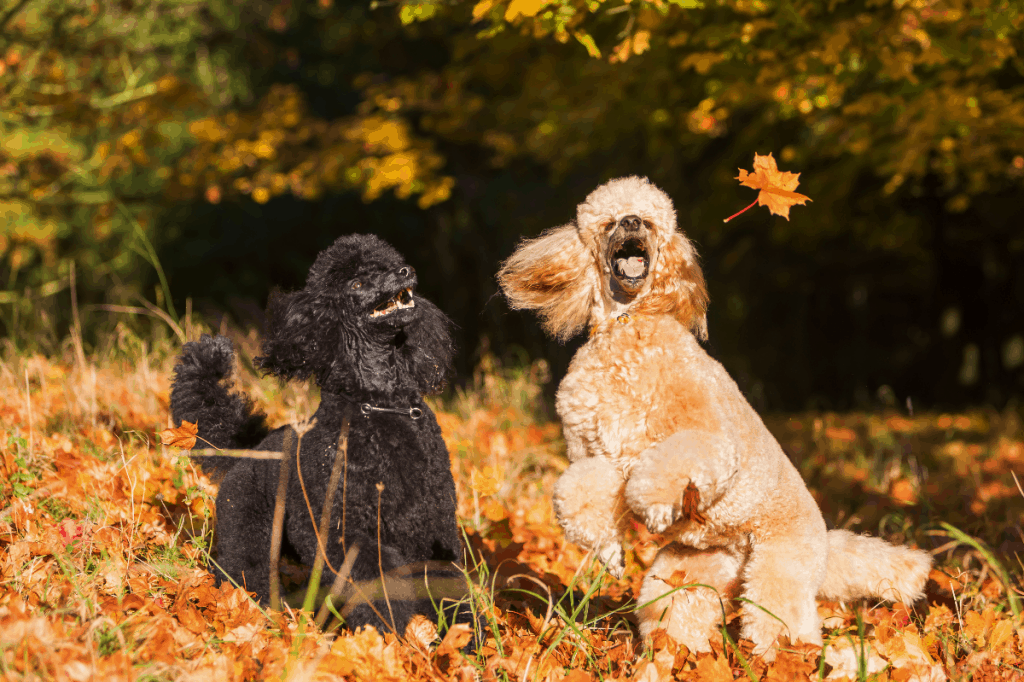Introduction
Poodles are a beautiful and elegant breed that comes in all shapes, sizes, and colors. Not only are they an intelligent breed they are often described as regal or fancy in appearance. Today we’re going to discuss poodle colors in detail.
Solid Colors
First, let’s cover solid colors. Poodles come in a wide variety of colors. The most common color is black. Let’s check them out.
Apricot

Apricot poodles and red poodles are among the most recent colors for this breed. Some apricot poodles may appear to be so light that they appear to be cream at first glance. However, there is always a red tint visible in the hair. An apricot can also produce a red poodle. A true apricot poodle will have some points or black spots on their skin. Liver points are accepted by not preferred. Points include lips, pads, nose, and eyelids.
Blue
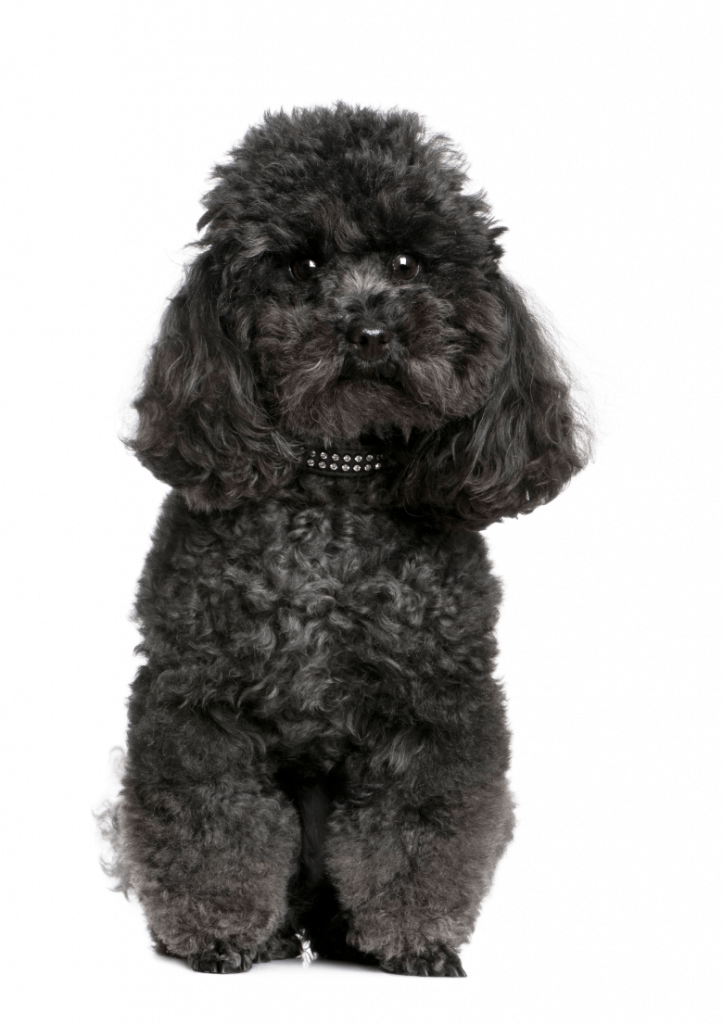
Blue poodles are diluted or faded black. All blue poodles are born black and then fade as the dog ages. The change most commonly occurs within the first year and in some cases can take as long as 2 years. Due to the variation of this timeframe many blue poodles are inadvertently registered as black. The outer coat of a blue poodle is typically as dark and as rich as a black poodle. However, upon closer inspection, the hair at the root is a mix of color. This mix or combination of colors changes over time as the dog ages. True blue poodles have black points and dark brown eyes.
Brown
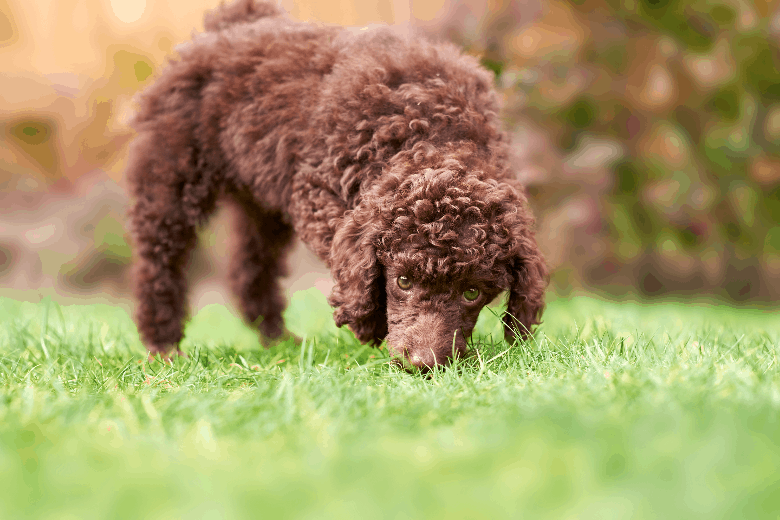
A brown poodle is a deep dark color that will never be confused with a Cafe Au Lait or Silver Beige. Pure brown poodles must have liver points and dark amber eyes. Browns have absolutely no black pigmentation anywhere on the body which includes the eyes and nose. This is due to the bb gene which is different from the BB gene found in black poodles.
Cafe Au lait

Cafe Au Lait poodles are a light tan color that can in some ways be confused with the silver beige poodle. It is not uncommon for these poodles to be born brown and then fade over time. A true Cafe Au Lait should have liver points and amber eyes.
Black
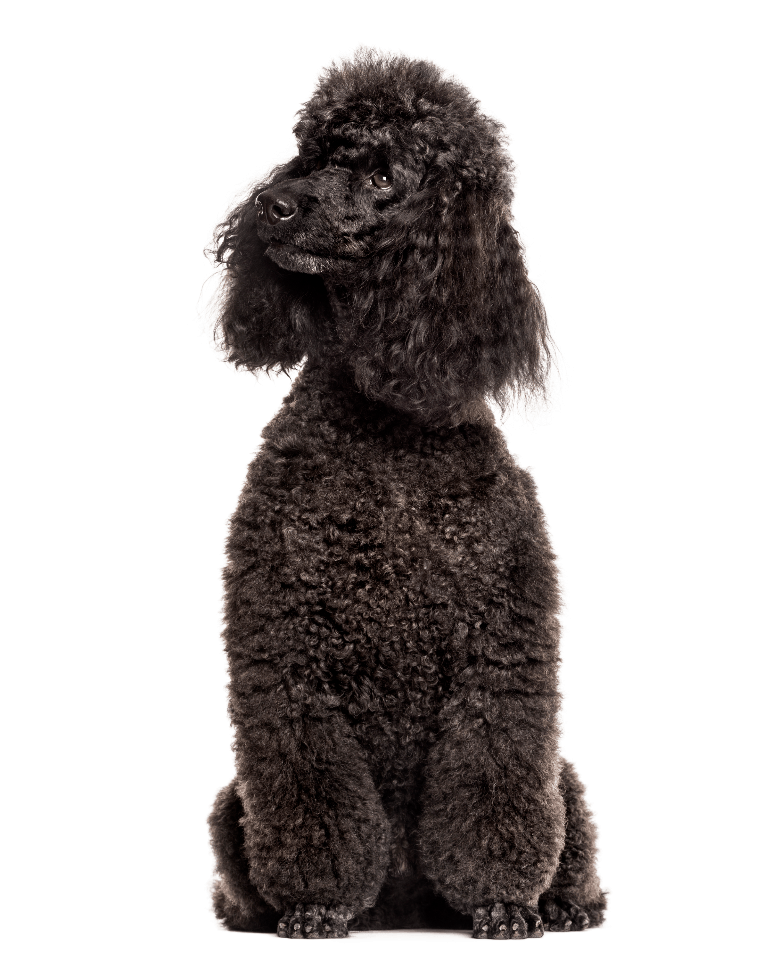
A black poodle should be a rich, deep jet black. There should be no signs of blue or silver and it should not have any white or silver guard hairs. A true black poodle will never fade and will have black points and brown eyes.
Silver

Silver poodles are diluted gray which is a result of the silver allele V gene. A true silver poodle is born black and then fades b 2 years of age. A telltale sign of a true silver is when it’s face and paws fade by 6 weeks of age and the rest of the coat continues to fade over the next year or two after. Silvers have black points and dark brown eyes.
Red

Red poodles are new to the many colors available and are still a rare sight to see. These newbies were developed from the apricot line. They can range in color to be almost an apricot to as dark as a mahogany color. Reds should have black points. Liver points are acceptable but not preferred.
Silver Beige
Silver beige poodles are a diluted brown. For this reason, a true silver beige poodle is born brown. Typically by 6 weeks of age hints of silver beige will appear on the face and paws of the pup. The entire coat can take up to 2 years. A true silver beige will also have liver points and amber eyes.
White
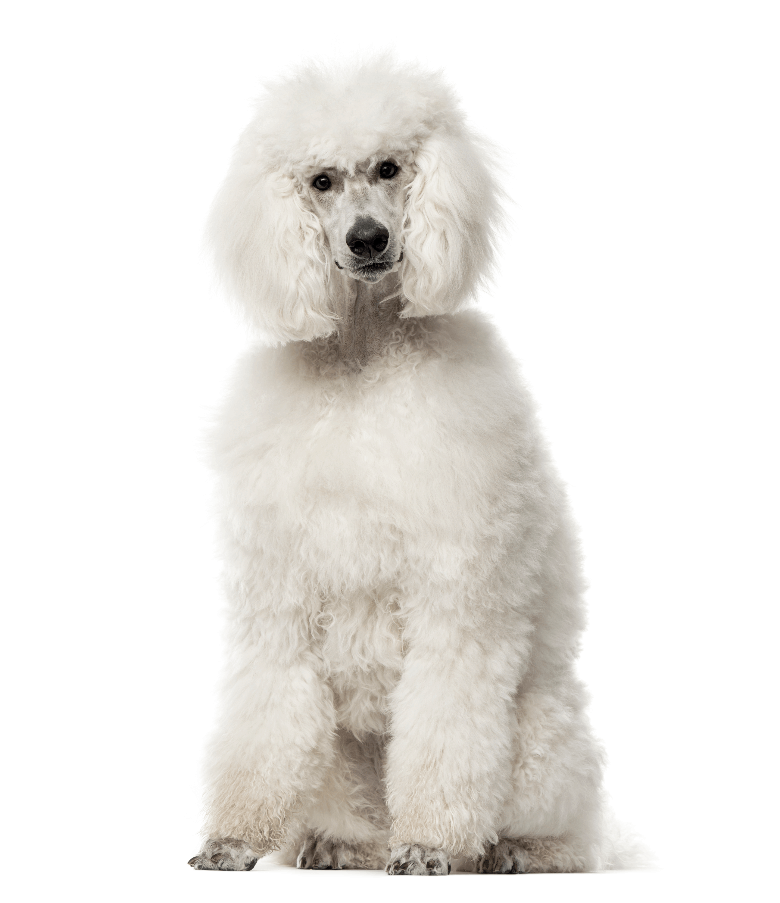
A white Poodle should be as bright as snow. Some breeders allow for some faint beige apricot tinting. While some black spotting is acceptable there should never be any ticking present in a white Poodle.
Gray

They gray poodle is very often born grey and can remain gray however it is also not unusual for a black poodle to turn gray at 4-5 years of age.
Cream

Cream poodles appear to be nearly white or champagne in color and have black points. The most notable difference between a cream poodle and a Cafe Au Lait or Silver Beige is that the cream always has a black nose.
Do Poodles come in Other Colors?
Yes! Poodles also come multicolored! They can be Parti colored poodles or phantom poodles. Click here to learn more about Parti colored poodles and click here to learn about phantom poodles.
Can a Poodle’s Colors Change?
The final color of a poodle’s coat depends on its initial color. There is a process that occurs in many poodles called “clearing”. The “clearing” of the coat simply means that it fades from a darker color to a lighter one. This fading or “clearing” that occurs can often take place evenly throughout the coat or it may start in the face and paws during their first few weeks and then continue to fade throughout their coat. Typically poodles tend to experience less fading on their ears and thicker guard hairs.
For example, an apricot poodle is typically born a much darker shade of red than it will be as an adult. Apricot poodle’s coats usually clear by 2 years of age. Blue Poodles are born black and fade to blue around 2 years of age. Silver Poodles are born black and change to silver by 2 years of age. Finally, Cafe Au Lait Poodles are born dark brown a clear to Cafe Au Lait around 2 years of age. In general, these colors will become stabilized on average by 2 years of age and certainly by the age of 3.

